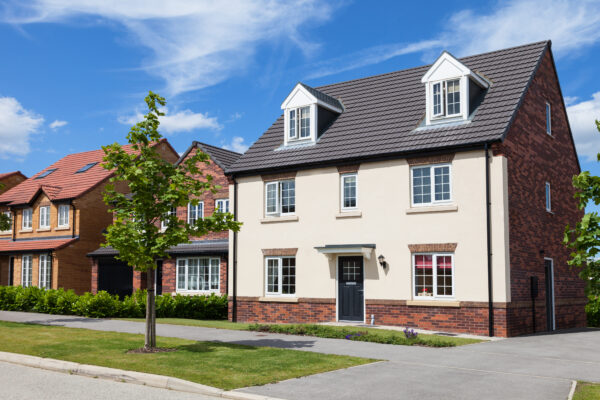Buy tickets now
Lant Street decision: is it a cladding system?

Robert Bowker is a property litigation barrister whose practice includes a substantial amount of work relating to the Building Safety Act 2022. He previously worked for five years as a solicitor in Australia specialising in contentious construction law.
Some practical considerations for litigators.
This article will focus on a critical aspect of the Upper Tribunal’s recent decision in Lehner v Lant Street Management Company Limited [2024] UKUT 0135 (LC). It follows on from Piers Harrison’s earlier post on the case.
Introduction
This decision of the UT will probably become best known for the 7-step analysis of the leaseholder protections set out in §45: (1) preliminary considerations; (2) paragraph 2 protections; (3) qualifying lease; (4) paragraph 3 protections – the contribution condition; (5) paragraph 4 protections – low value leases; (6) paragraph 8 protections – cladding remediation; (7) paragraphs 5, 6 and 7 – other protections. This article will, however, look at another essential part of the UT’s analysis – where the FTT went wrong in its appraisal of the underlying defects in the building in question, 4 Sanctuary Street, London SE1.
Paragraph 8 protections – cladding remediation
Paragraph 8 of Schedule 8 of the Building Safety Act 2022 protects a tenant under a qualifying lease from paying for cladding remediation. Cladding remediation is defined. It is the removal or replacement of any part of a cladding system that forms the outer wall of an external wall system and is unsafe. Cladding system is not defined.
FTT’s decision
In Lant Street, the FTT found that although the works involved the replacement of insulation and the addition of a cavity barrier, the cladding system was not removed or replaced. The insulation and cavity barriers behind the external skin were not part of the cladding system. The work did not fall within paragraph 8. As a consequence, the tenants were not protected from paying for work through their service charge.
UT’s decision
The UT had no hesitation in finding that the FTT had been wrong. It gave three key reasons.
Language
The first reason was expressed in short order and focused on the language used in paragraph 8 (see §101). Paragraph 8 refers to a cladding system and not to cladding per se. By its very nature a system comprises several components. As such, cladding remediation within the meaning of paragraph 8 might involve removing or replacing one or more of those component parts.
Principles of statutory interpretation
The second reason focused on essential principles of statutory interpretation in the context of technical subjects. The UT stated that in such circumstances it is permissible to consider how the particular technical term under scrutiny is usually understood. The UT drew on several key sources: the prospectus for the Building Safety Fund published by DLUHC published in May 2021; the RICS’s guidance to surveyors engaged in the process of EWS1 certification as updated on 1 May 2024; and PAS9980. Having regard to those sources, it concluded that the ordinary meaning of cladding system includes materials installed behind the external screen (see §107).
Internal consistency
The third reason focussed on consistency within the BSA. The UT drew on s.149 which deals with cladding products and concluded that a wider interpretation of cladding product and cladding system was appropriate (see §108).
Evidence
But on what evidence as to the construction of the cladding system did the UT base its conclusions?
Answering that question is of great practical significance for litigators who will need to identify the relevant technical material to adduce in evidence (or require by disclosure).
Here, the UT relied on: photographs of the façade; drawings of the façade; the tender documents for the works which included a diagram of the façade’s construction showing the composition of the cladding system as made up of its various layers; and a description of the remediation work that was completed (see §§95 and 96).
Practical tip
So, the critical point for practitioners acting for an applicant or respondent where the question is whether the leaseholder protections in paragraph 8 apply, is to adduce cogent factual evidence, using, for example, photographs, drawings, scopes of work, tender documents and records and descriptions of the work undertaken, to establish indisputably that the removal or replacement work under consideration concerns, or does not concern, a cladding system.
This content is provided free of charge for information purposes only. It does not constitute legal advice and should not be relied on as such. No responsibility for the accuracy and/or correctness of the information and commentary set out in the article, or for any consequences of relying on it, is assumed or accepted by any member of Tanfield or by Tanfield as a whole.






